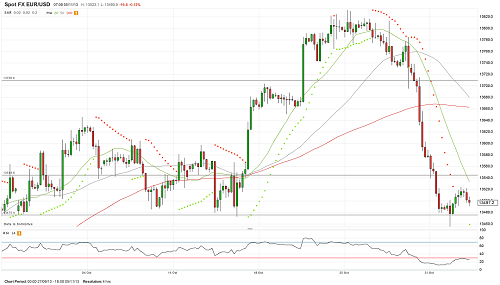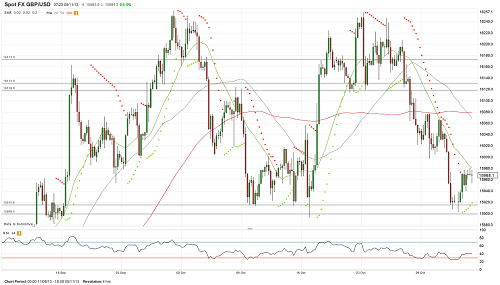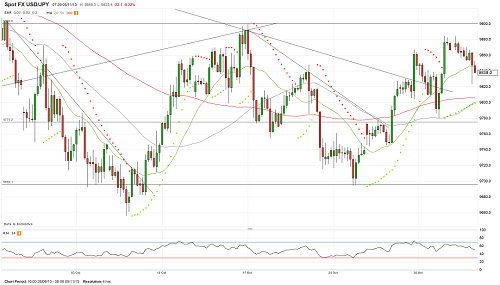The housing market looks like it may be ready to fall. While the homebuilders may face some hurdles, the area of housing that I feel is a buying opportunity is the home supplies and services stocks. The Home Depot, Inc. (NYSE/HD) is the “Best of Breed” in the housing market, with Lowes Companies, Inc. (NYSE/LOW) trailing in second.
While I like the Home Depot in the housing market, the reality is that the company is too big for my liking, with its market cap at a whopping $112 billion. Even Lowe’s, with a market-cap of $53.0 billion, is too large for my liking and the current valuations are fair.
A small-cap stock that I would look at as an alternative in the housing market supplies sector is Dallas-based Builders FirstSource, Inc. (NASDAQ/BLDR), with a much smaller market cap of $728 million. But unlike the Home Depot and Lowe’s, Builders FirstSource primarily deals with the residential new homes construction housing market as a manufacturer and seller of structural and related building products. The company’s products include roof and floor trusses, wall panels, stairs, aluminum and vinyl windows, custom millwork, and pre-hung doors.
The company runs 53 distribution centers along with 47 manufacturing facilities in nine states that are situated mainly in the southern and eastern United States housing market.
Builders FirstSource has outperformed the S&P 500 over the past year with a 29.91% advance, versus 23.52% by the S&P 500.
The company recorded sequential annual revenue growth from 2004 to 2006, but then struggled on the charts with three straight down years. Builders FirstSource appears to be on the right path again with revenues rising in each of the three straight years to 2012. And things are looking brighter for the company in the housing market with revenues estimated to rally an impressive 40.3% to $1.5 billion this year, followed by a 23.7% jump to $1.88 billion in 2014, according to Thomson Financial.
On the earnings side, Builders FirstSource has been inconsistent, but again, a turnaround appears to be here. Analysts following Builders FirstSource estimate the company will earn $0.06 per diluted share this year and $0.46 per diluted share in 2014, according to Thomson Financial. These would reverse six straight years of losses and represent the highest earnings for the company since 2006.
The chart for Builders FirstSource shows the breakout from the previous sideways trading channel (as reflected by the shaded circle in the upper right corner).
Chart courtesy of www.StockCharts.com
Note the bullish crossover of the 50-day moving average (MA) above the 200-day MA in August 2012, when the stock was trading at around $3.68. The bullish golden cross has held since, and the stock has doubled. If Builders FirstSource can hold on the breakout, we could see a move to over $17.00, which hasn’t been seen since 2008, prior to the subprime fiasco.
If you are looking to play the housing market, consider taking a closer look at stocks like Builders FirstSource.
Interested in more small-caps? Read about a low-priced restaurant stock in “The McDonald’s Alternative for Small-Cap Investors.”
This article Why the Small Home Supplies Stocks Offer Good Potential is originally published at Profitconfidential






